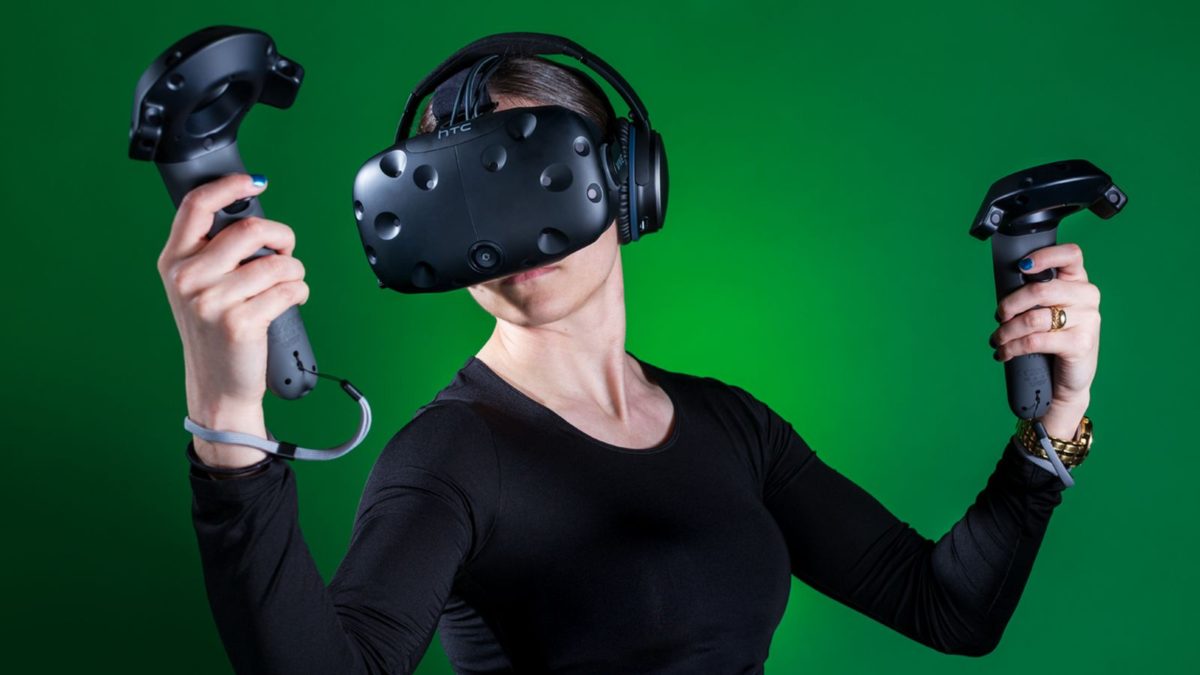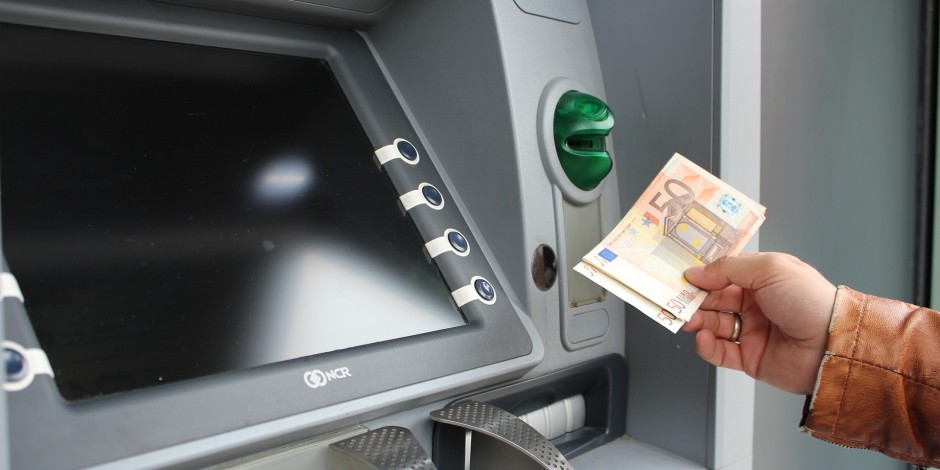Last week, Google released its first Pixel phones. The next day, Bloomberg posted a critique with the title of ” HTC, you loser”. In the article, the author says that the brand has become for Google what Foxconn is to Apple since HTC is responsible of assembling the Pixel (Culpan 2016). It is not surprised how the author jumps to this conclusion. In the last 2000s, HTC rise from an anonymous contract manufacturer to a global smartphone brand. I once had a HTC phone and I really liked it because of it is not really expensive for its quality. However, over the years, the market share of the company collapsed, and now it is barely surviving in the smartphone industry. After hitting a high of 10.7% of market share , HTC struggled to differentiate itself from its competitors. Five years have passed, Apple and Samsung are dominating the high-end smartphone market while Hawaii and other Chinese brands lead the mid- to low-end price point of phones. HTC is now stuck in an awkward middle. The stock price of the company also went from NT$ 736 to NT$ 94.58 . It even started doing contract work for Google. But, is it really the end of HTC?
Accepting its failures on smartphones and smartwatches, the company decided to focus on another technology: virtual reality, a much less competitive market. Earlier this year, in partnership with Valve, the company introduced their first VR product, HTC Vive. The product has received mostly positive reviews and the company is confident that this would the future cash cow. However, is it really the case?
VR headset industry is not as mature as mobile phone industry and has only has a few players. The characteristics of these players are somehow similar to smartphone market. For instance, Sony is like Apple, it has its own system and make it new products compatible to the existing product line. For example, PlayStation VR can only work with PlayStation 4. Oculus, which is now acquired by Facebook, benefit from the social media giant’s big company name. Both companies aim for providing VR products for high-end market. On the other hand, Samsung and Google are currently focusing on mobile virtual reality technology, it will not be surprised to see both companies launching a PC VR headset soon though.
Comparing to the above mentioned companies, HTC, which is currently worth around 2 million dollars only, does not have huge marketing budget to spend. This was one of the major causes of its failure in mobile industry. The company would be a cost-effective marketing strategy in order to stay competitive.
Nevertheless, HTC Vive is currently the most expensive VR headset in the market because of its higher quality. It price is almost 200 dollars than Oculus Rift. However, the difference in quality is not helping HTC to keep its 60% of market share(Lang 2016). Valve’s Steam survey shows that HTC Vive’s market share has declined by 6% from May to August in 2016.
Another potential risk of HTC is its partnership with Valve. The Steam service offered by Valve is also compatible with competitors’ headsets, thus cannot be counted as a competitive advantage. Value’s Steam survey actually shows that number of Oculus Rift CV1 headsets reportedly in use on Steam has almost completely halted the market share growth of the HTC Vive (Lang 2016). This could be a dangerous sign for HTC as it can be replaced easily. Not mentioning there are some games are only exclusive to Oculus Rift.
The relationship Valve and HTC has now is similar to the partnership HTC and Google has in mobile phone industry. Using Android system, HTC is in a price war with other Android manufacturers since there are so many and easy to be replaced. HTC lost its major market share because it failed to differentiate itself when the new comers entered the market. The same situation could happen in the VR market if HTC does not take action now.
In conclusion, I think HTC can keep its market share in VR headset market for a while, but the company has to be to consciously innovative and stays unique in order to keep its market leader position. Entering the VR industry seems to be a good decision now, but HTC still has a long way to go before regaining its old glory. What do you think?
Bibliography
http://www.forbes.com/sites/ralphjennings/2016/04/19/why-people-still-prefer-samsung-after-10-fold-leap-for-htc-smartphones/#38cad6984d57
https://www.bloomberg.com/gadfly/articles/2016-10-05/htc-you-loser
http://www.roadtovr.com/oculus-rift-growth-spurt-has-halted-htc-vive-market-share-growth/
https://www.google.nl/webhp?sourceid=chrome-instant&ion=1&espv=2&ie=UTF-8#q=%E8%82%A1%E5%83%B9+HTC


